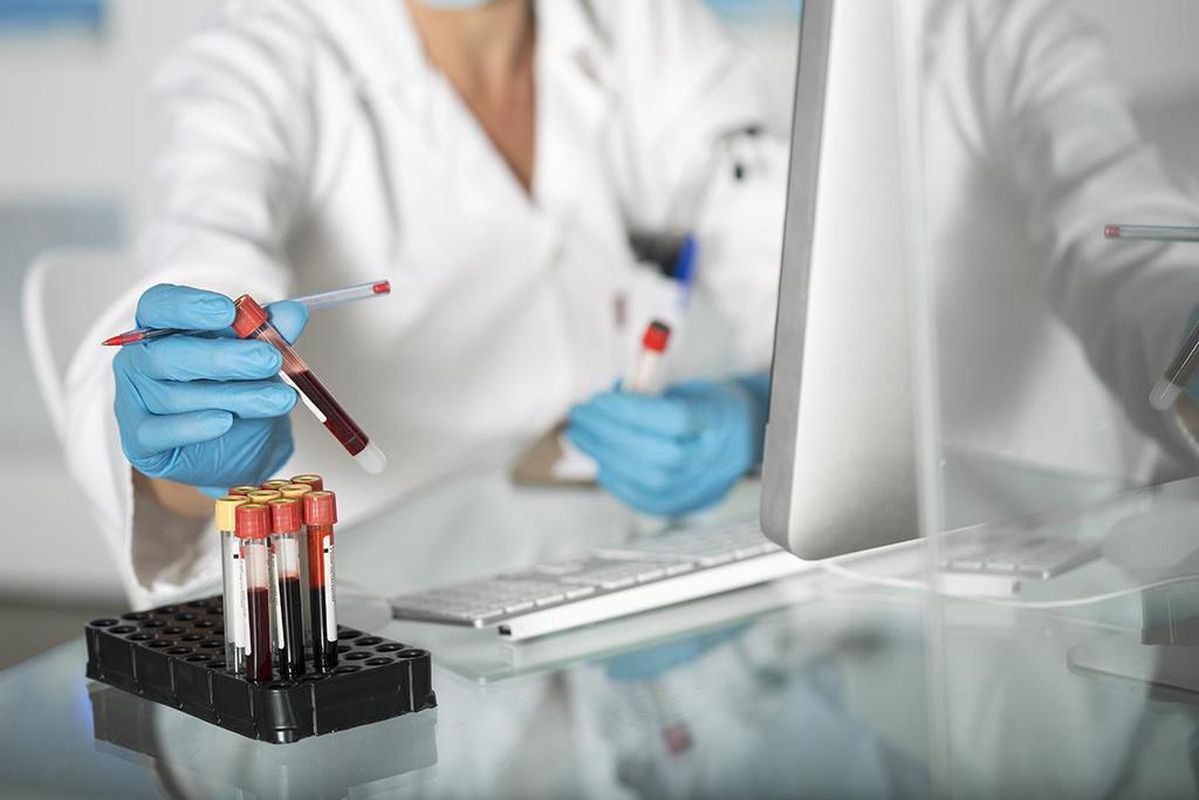
A machine learning model for identifying suspected diseases by interpreting the results of laboratory diagnostics has been added to the Webiomed platform.
Laboratory tests are the most important part of the search for an accurate diagnosis and determining the treatment strategy. The number of performed lab tests is growing every year, especially in 2020 due to the COVID-19 pandemic. Interpreting big data of medical laboratory information and assessing dynamic changes can be difficult for a physician.
In such a case, machine learning technology can successfully help with the building of a model for interpreting laboratory data to identify suspicions of various diseases. As part of the Webiomed project, a similar model to facilitate the detection of diseases based on laboratory tests was developed.
To create a machine learning model, we prepared a dataset containing information on the results of biochemical and clinical blood tests and correlated diagnoses of outpatient cases of treatment and hospitalizations. The dataset was formed on the basis of information from anonymized electronic medical records, provided by 49 medical organizations of 9 regions of the Russian Federation.
The result of processing the collected information was a set of laboratory diagnostics data containing data on 133 thousand patients who had 192 thousand cases of seeking medical care with an established diagnosis and 5.9 million extracted laboratory signs.
To create a predictive model, the following classification algorithms were applied: LogisticRegression, GaussianNB, DecisionTreeClassifier, RandomForestClassifier, xgboost, AdaBoost, LGBM, MLP. The RandomForestClassifier algorithm made it possible to obtain a model with a maximum accuracy of 0.89. The model is trained to analyze 138 different laboratory features.
Due to the work accomplished, Webiomed can now accurately identify the possible patient's diseases, using the analysis of available laboratory data. This gives doctors the opportunity to understand the patient's condition better and predict the possible development of diseases, which helps to improve the prevention and treatment of the disease in the early stages of its development.